Neurofibromatosis Research Tools Catalog
Collaboration is crucial to accelerating research. The search for advancements in treating plexiform and cutaneous neurofibromas is greatly accelerated when discoveries, data, and the tools that make them possible are shared quickly and transparently. So all the tools and knowledge generated by NTAP-funded programs are available publicly and for free.
If you are looking for NF1-related data and resources and cannot find what you need here please contact us so we can assist you directly.
Data
Data is the fuel that accelerates NF1 discoveries. Time spent hunting down results or waiting for papers to be published can slow critical research. All NTAP funded projects share their findings and raw data on an open source platform for transparent access.
Cell Lines
Until recently it’s been difficult to obtain reliable cell lines for studying NF1 therapies. But labs working with NTAP have developed both plexiform and cutaneous neurofibroma cell lines that are available for use in research and drug screening studies – and they’re free.
Biobank Tissues
A wide variety of meticulously processed, patient-derived tissue is available through the Johns Hopkins NF1 biospecimen repository. The repository includes tissue, buffy coat, plasma, and serum derived during surgical removal of a lesion.
Patient Reported Outcomes
Through studies with NF1 patients, measurements are being developed to guide outcomes in clinical trials. A Patient Reported Outcomes System is helping to standardize the evaluation of treatment impacts on properties such as pain, stigma, and quality of life.
Animal Models
Animal models are key to translating scientific discoveries into medicines that will bring hope to NF1 patients. In addition to a number of mouse models, we’ll help you access porcine, zebrafish, and drosophila models for your NF1 research.
Research tools
NTAP supports programs that foster collaboration and encourage the open and timely sharing of results. The tools and knowledge that are generated in our programs are made available to the neurofibromatosis community to ensure discoveries are advanced as quickly as possible.
Tools currently available or in development are listed in this downloadable PDF document.
"NTAP is fully integrated into the NF1 research community. This allows us to identify opportunities faster, and provide the resources, connections and funding that accelerate results."
Dr. Jaishri Blakeley
Executive Director, NTAP
